Qatar is a country that is now synonymous with luxury, extravagance, and of course, football. However, the 2022 FIFA World Cup hosts have more than just new stadiums, contemporary infrastructure, and fancy automobiles. We at TLB took the chance to explore Qatar’s cultural side and were not disappointed by the plethora of museums that enabled us to delve into the country’s deep origins. We have three iconic stops for the perfect historic tour through Doha.
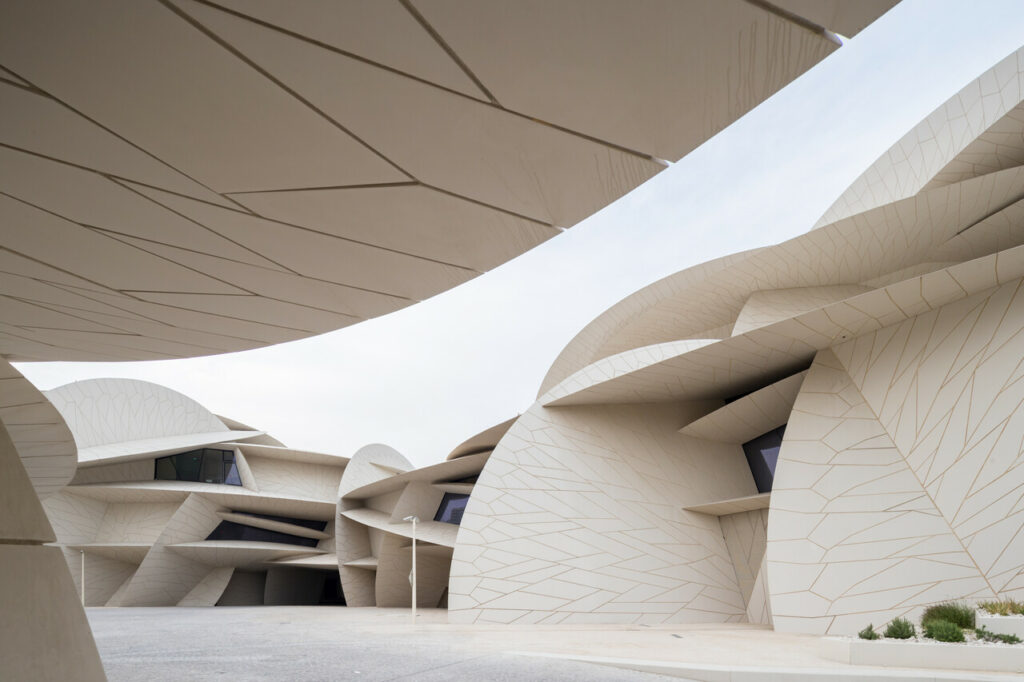
National Museum of Qatar
The first stop on this list needs to be a visit to one of the iconic pieces of architecture in Qatar, the National Museum of Qatar (NMoQ). The product of the renovation of the ancient palace of the son of Qatar’s founder, Sheikh Abdullah bin Jassim Al Thani, NMoQ is crafted with huge, interlocking disks of varying diameters and curvatures that encircle the restored palace, inspired by the desert rose. The famous edifice, built by Pritzker Prize-winning architect Jean Nouvel, symbolizes Qatar’s culture and environment, rising from the earth and uniting with it.
The story of Qatar’s progress and growth is on display at the museum. This is portrayed through a series of films and multimedia presentations and complemented by exhibits such as archaeological and historic artifacts, jewellery and other valuables, manuscripts, and papers. Major artist commissions done expressly for the museum contribute to the tale. At the entrance to the permanent galleries is a large-scale sculpture by Qatari artist Hassan bin Mohammed Al Thani, Motherland, evoking the connections between the desert, the sea, and the women of Qatar. Currently, the museum has one of the two parts of the installation of The Curious Desert, conceived by the internationally renowned Danish-Icelandic artist Olafur Eliasson, which is on view until the 15th of August.
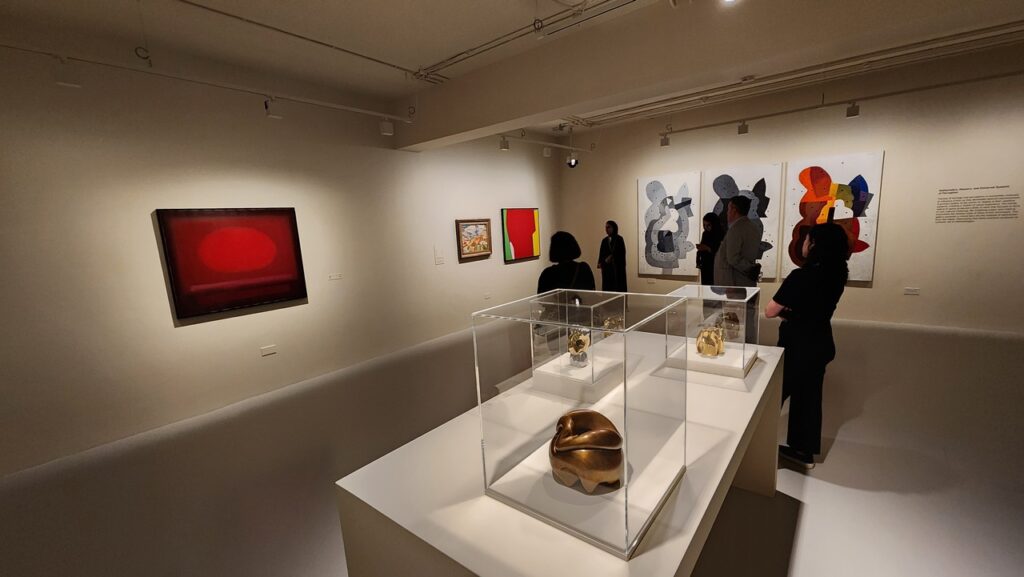
Mathaf: Arab Museum of Modern Art
With the largest collection of Arab modern and contemporary art in the world, Mathaf should definitely be a stop on your trip to Qatar. The collection emphasises artistic trends and sites of production of modern art from the Arab world and other regions that are historically and geographically connected to the Arab peninsula, such as Iran, Turkey, and India. With over 9000 artworks in its galleries, Mathaf also performs an important role as a centre for dialogue and scholarship and a resource for fostering creativity, not only in Qatar but throughout the region.
With a huge and impressive collection of artworks on display, Mathaf also has an extensive permanent collection that offers a distinctively unique and comprehensive overview of modern and contemporary art from North Africa and the Middle East. Mathaf’s collection contains works by pioneer Arab artists such as Jewad Selim’s Baghdadiat and Mahmoud Moukhtar’s The Nile.
Having acquired their initial collection from H.E. Sheikh Hassan bin Mohammed bin Ali Al Thani, the founder of Mathaf, the artworks started to diversify when he began to gather works by Qatari artists. Eventually, he broadened his focus to include works by 20th-century artists from the Middle East, North Africa, and the Arab Diaspora, as well as pre-Islamic works from ancient Mesopotamia and Egypt, which influenced many Arab contemporary artists.
The museum’s pieces employ a variety of mediums, such as paintings, sculpture, textiles, and video, to represent a diverse spectrum of artistic practices within the worldwide discourse of modern and contemporary art. Mathaf continues to reveal the breadth of its collection as a specialized location for alternate approaches to historical concepts of art.
Currently the museum is hosting the Beirut and The Golden Sixties: A Manifesto of Fragility exhibition.
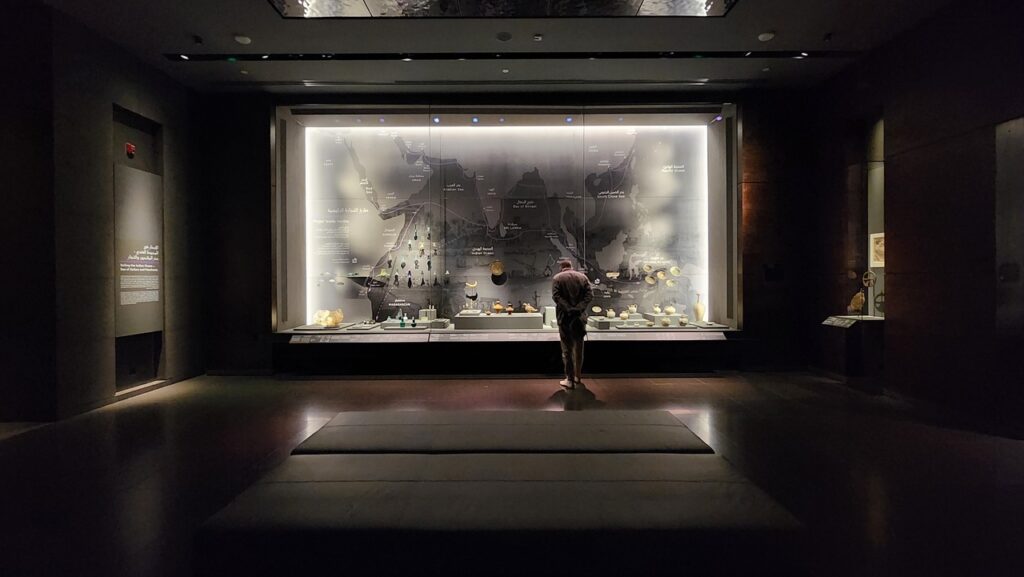
Museum of Islamic Art
For our history buffs, the Museum of Islamic Art calls you, and we insist, this edifice is not to be missed. From the drive up to the museum, you are treated to its beautiful façade, and the grandeur of the museum’s interior will have you in awe. Built on top of a man-made peninsula near the traditional Dhow harbour, an element that enhances the interior of the museum, is the panoramic view of the Persian Gulf and the modern skyline sitting across the museum, which you can view through a 45-meter-tall window. Its architecture is a stunning blend of Islamic and contemporary forms, since it was created by the late I. M. Pei, who is most known for his work on the landmark Le Grand Louvre in Paris. After exploring the inside of the five-story structure, the trip through history begins on level two.
With impressive collections and a gallery that extends over two stories, the story of the history of Islam is beautifully curated at MIA. With pieces ranging from precious jewels, textiles, holy texts, and much more, the story of the history of Islam is beautifully curated in MIA, with many pieces beautifully preserved. The collections in the galleries have their own stories, with many of them coming from countries that span from Spain to China, showing the expansive nature of the Islamic influence on the ancient world.
A Peek into the Future
We were also treated to a sneak peek of couple of museums that are getting ready to wow visitors, and if you are willing to wait a while, they will definitely make the wait worthwhile.
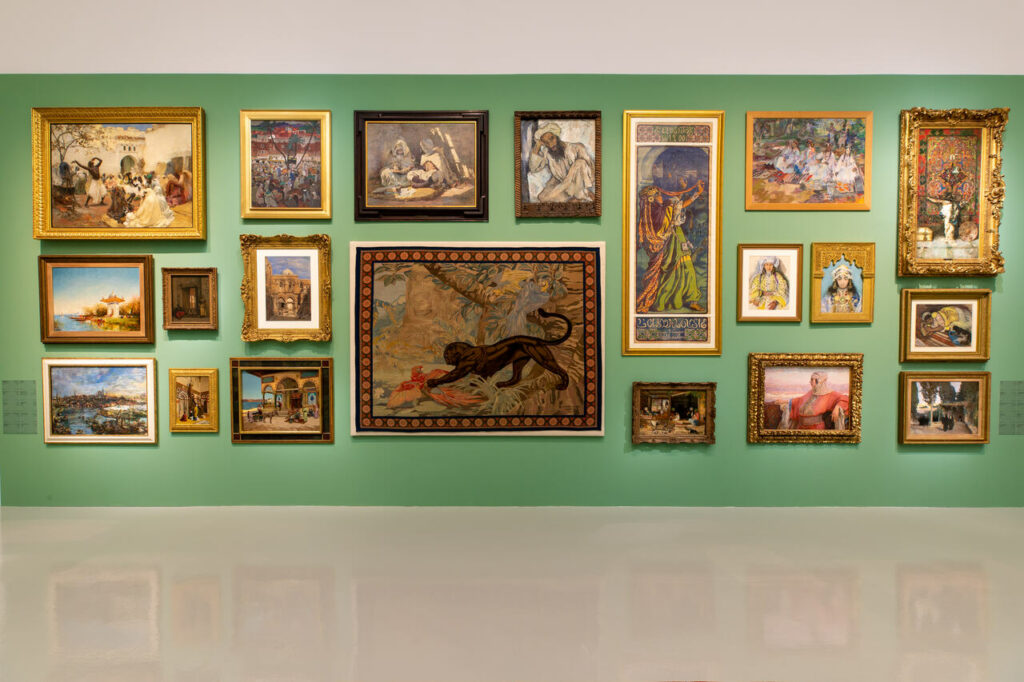
Lusail Museum
The Lusail Museum looks to be a thought-provoking and impressive edition to the cultural march. Having already had a special exhibition to showcase plans for the museum, its architectural design, and its world-class collection of art, the galleries are a thought-provoking and engaging experience for visitors which addresses historic and contemporary cultural encounters that is definitely worth the wait. The journey starts in Lusail, and the location and its innate connection to the Founder, Sheikh Jassim bin Mohammed bin Thani, connects the narrative to Qatar, its history and its current soft power policy.
With stunning and thoughtful designs for the Lusail Museum by Herzog & de Meuron and currently, under development in Lusail City, Qatar, the museum offers insight into the movement of ideas and perspectives to reveal complex layers of perception, power, and politics, which continue to frame how different people around the world understand each other today. The completion is projected to be in 2028, and we just can’t wait to be back.
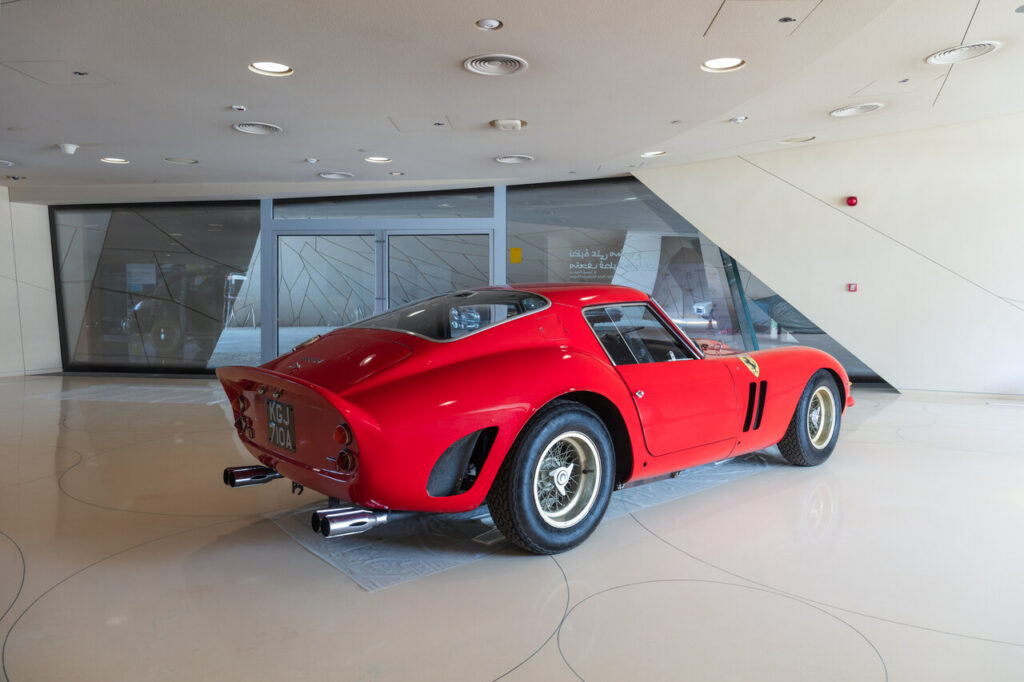
Qatar Automotive Museum
Led by Pritzker Architecture Prize winning architect Rem Koolhaas, the Qatar Automotive Museum looks to be an exciting addition to Qatar’s already rich cultural space. The 30,000-square-meter museum will include permanent galleries that track the evolution of the automobile from its invention through the present day and how it has influenced culture in Qatar, as well as temporary exhibition spaces for the display of high-profile vehicles, from supercars and limited editions to race cars and classic cars. An Edutainment Centre and workshop spaces will be added, as well as spaces dedicated to children’s activities such as driving simulators, tiny vehicle repairs, kids driving zones, and more.
With a plethora of stops and a wide variety of selections, Qatar’s cultural and historic scenes are nothing short of vibrant. What we have given you in this article are just few place names, but if you’d like to explore the art scene in Qatar, you can check out a few of our choice picks here.





